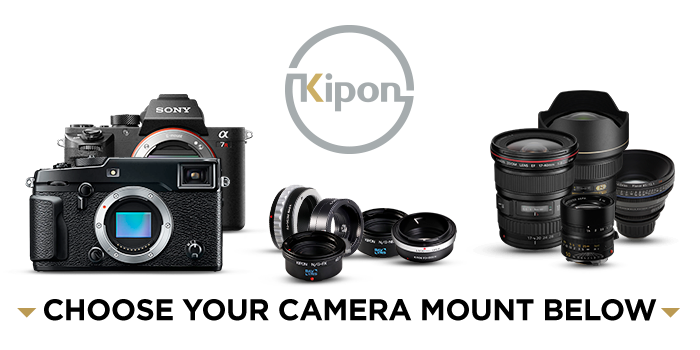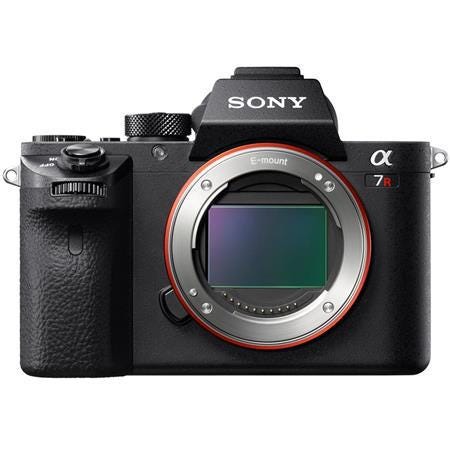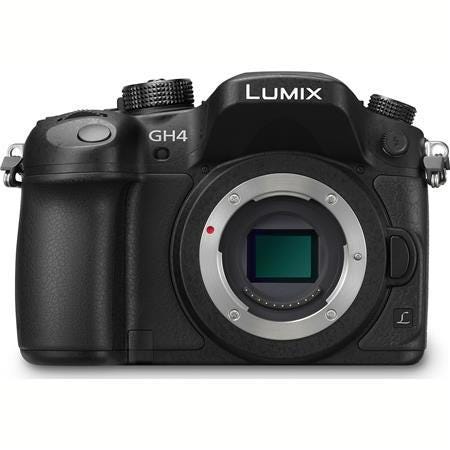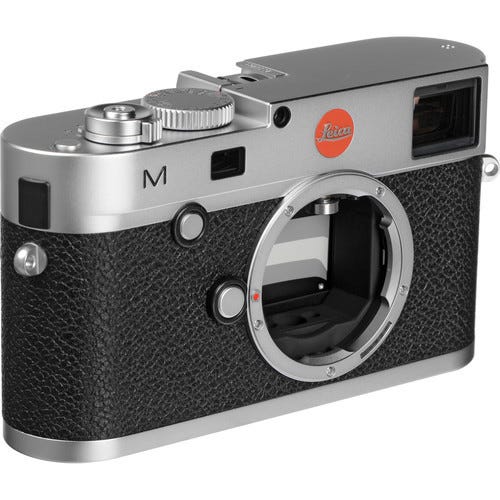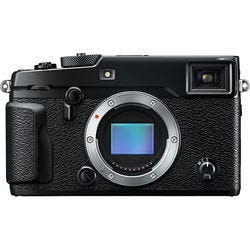KIPON. Adapting by Design.
A simple Kipon lens adapter enables the use of camera and lens combinations from otherwise incompatible systems with a secure connection between the camera and the lens.
More advanced Kipon lens adapters include electronic connections, enabling communication between the lens and the camera so that automated processes like exposure information and auto focus are carried out transparently.
The most advanced Kipon lens adapters features autofocus, auto exposure, aperture operation and relates all EXIF data to the camera body. The internal chip containing the adapter's firmware is USB upgradable so that the adapter will always be technically ready for action. Infinity focus is retained in this design, and manual focusing is possible.
Kipon produces a variety of designs in adaptation, imparting speed enhancements, automation reliability, including fine image control and, finally, bridges the world of DSLR lenses to SLT and Mirrorless cameras.
The World on a Tilt. And Shift.
KIPON Tilt and Shift Lens Mount Adapter mounts add significant features to ordinary optics to take advantage of the best of your fixed focal length lenses. Your favorite lenses easily fit, lock securely and perform just like they were Tilt and Shift lenses. Now you have enormous control over perspective, composition, depth of field and bokeh with silky smooth adjustable tilt and shift movement to add unique features to any suitable lens. There are no interfering glass elements to spoil the excellent optics.
The two movements can be precisely set so that the amount of effect is set to any point within the track range with locking mechanism to assure perfect alignment in use.
Kipon Baveyes Adapters. Gain a Stop. Widen Your Horizons.
Kipon Baveyes brand is an ingenious blend of many concepts. But foremost is the ability to use full frame SLR lenses on crop sensor camera bodies and mirrorless cameras, with a gain in lens speed. The transformation results in a 0.7x factor to the original lens focal length, conveniently compressing a full-frame image onto an APS-C sensor. At the same time, the adapter adds one f-stop of effective speed in the process, gaining faster shutter speeds at lower ISO's. A 50mm f1.4 lens becomes a 35mm f1.0, or high 800 ISO can shift down to a tighter 400. This allows you to use, for example, your sweet legacy full frame Leica R, Canon EF or Nikon F glass on your cameras like the Sony NEX or Fuji X camera without any loss in angle of view, with an extra stop of speed. Where does this all end? Creating some amazing results from your choice lenses on all kinds of digital bodies.
Using the language of astrophysics, the phenomenon is called telecompression. A telecompressor, or focal reducer, is an optical group formula to reduce focal length, increase lens speed, and enhance MTF performance. By using a telecompressor element within a lens adapter, you can use the lenses of classic SLR's, while gaining a stop.
The innovative Kipon Baveyes auto focus adapters combine focal length transformation and lens speed boosting along with traditional lens/camera adaptation. Don't expect to turn your old Chevy into a hero Autobot, but you can make some pretty interesting, handsome and unique photoimaging combinations!
Summary
Durable Kipon Adapters are machined with precision parts for maximum wear and longevity. Brass and aluminum surfaces are finished to OEM specifications. All KIPON adapters undergo the CNC turning center procedure during manufacturing to provide photographers with only the utmost precision and quality. Image quality enhancements and optical performance is uppermost in the list our standards and insures maintaining the best of the host lenses. No sacrifice has been made to assure the absolute satisfaction of the discerning photographer, longing to still use his prize glass.
With the widest range of adapters, from simple mating to exotic transformations, KIPON offer photographers the freedom and compatibility of mating lenses and camera bodies that transcends times and different manufacturers. We have not only made possible the interchangeable use of products across brands but also the use of traditional film lenses of yesteryear in the digital age.
